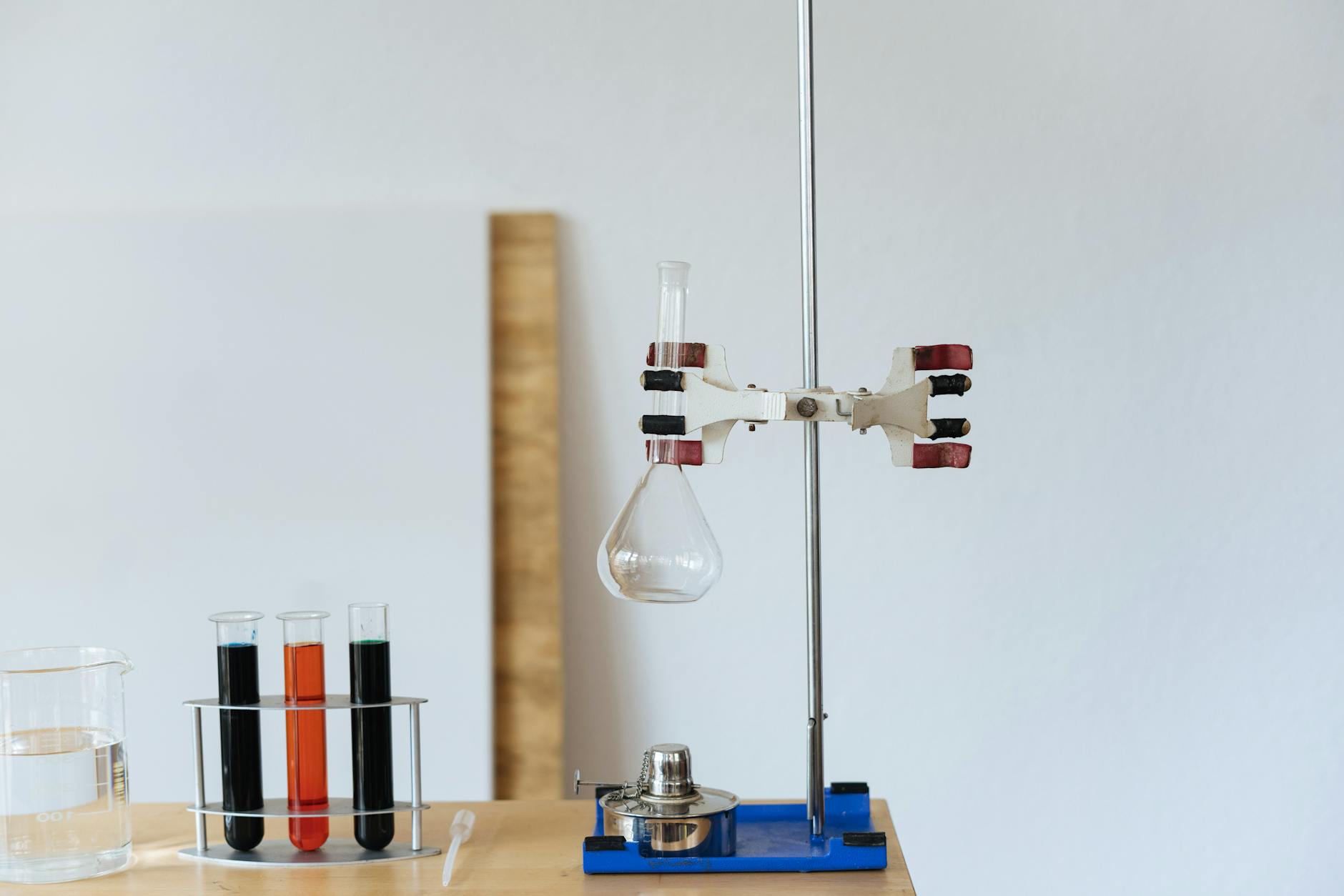Why the United Kingdom is the Perfect Landscape for Creative Team Strategies

UK’s Unique Creative Landscape
In the United Kingdom, the creative landscape has gained a reputation for being both dynamic and culturally rich. Having worked closely with esteemed institutions like the Cambridge Science Park, I've observed first-hand how diverse cultural influences spark innovation in team-building activities. These vibrant cultural intersections allow for unusual team building activities that encourage teams to think outside the box. For instance, incorporating virtual reality experiences can energise a team and reinforce the importance of collaboration.
Innovative business hubs scattered across the UK, including the University of Cambridge's Computer Lab, offer fertile ground for groundbreaking team building activities for top management. The emphasis here is on fostering environments where cognitive growth and strategic thinking take centre stage. Bringing top management together in such forward-thinking spaces ensures your team not only stays ahead of industry trends but also discovers new ways of engaging creatively.
Furthermore, the UK's varied geographical settings provide an opportunity to design fun team activities london that are both impactful and memorable. Whether it's hosting a creative strategy session near the iconic landmarks of Cambridge or organising an outdoor adventure to build resilience, there's no shortage of opportunities to connect your team with the vibrant surroundings. These activities not only serve to unite your teams but also enhance their strategic capabilities, much like the innovation talks at St John's Innovation Centre.
Creative Team Strategies
Cross-Departmental Engagement
Within the realm of team building, cross-departmental engagement is crucial for creating synergy among diverse teams. Drawing inspiration from techniques seen at the University of Cambridge's Computer Lab, work team building activities can be tailored to encourage communication and collaboration. When departments come together through structured exercises, it fosters a unified company culture, invaluable for any strategic planner.
Leveraging Local Talent
Another approach to effective team strategies is leveraging local talent to facilitate and lead sessions. This not only supports nearby professionals but also introduces fresh perspectives. Consider collaborating with specialists who participate in innovation talks at the St John's Innovation Centre for dynamic and inspiring sessions. Incorporating expert-led activities can amplify the benefits of team building activities, driving engagement and retention of key concepts within your team.
Innovative Collaboration Tools
In our rapidly evolving workplace environment, innovative tools are vital for maintaining effective collaboration. Cambridge Science Park, a beacon of technological advancement, stands testament to the importance of using cutting-edge solutions. Tools that integrate seamlessly into everyday workflows can make team building activities for students consistently impactful. They offer a platform for real-time collaboration, ensuring team members are on the same page regardless of their physical location. Implementing these strategies can transform a team's dynamic, fostering a creative and productive environment.
Overcoming Geographical Challenges
Remote Team Integration
Working in a geographically dispersed team presents unique challenges. Fostering collaboration among remote teams demands innovative activities tailored to bridge the distance. Consider arranging virtual getting to know your team activities that encourage team members to communicate and understand each other's roles and cultures. These activities not only help in forming connections but also facilitate smoother project transitions, particularly when teams are spread across various regions like the bustling Cambridge Science Park.
Venue Selection Across Regions
Selecting venues for team activities in office or elsewhere can be a strategic decision that influences engagement levels. Understanding the local geography and accessibility of your teams is crucial. When planning physical meet-ups, look for locations that are equally accessible to all team members. It's essential to choose venues that inspire creativity and innovation, akin to hosting a session at the University of Cambridge's Computer Lab.
Hybrid Activity Models
To tackle geographical limitations effectively, incorporating hybrid activity models can be beneficial. These integrate physical and virtual elements, allowing participation regardless of location. This flexibility in team active sessions enables everyone to partake in activities that nurture creativity while maintaining inclusivity. Utilising innovative platforms for hybrid models mirrors the progressive nature of innovation talks at St John's Innovation Centre, where technological advancements blend seamlessly with interpersonal growth.
Measuring Success in Team Strategies
Key Performance Indicators
Evaluating the success of team strategies hinges on well-defined Key Performance Indicators (KPIs). These metrics help gauge improvements not only in productivity but also in employee morale. For instance, you might track the completion rate of team projects or measure the increase in cross-departmental collaboration. By establishing clear KPIs, you can provide a structured framework for assessing the outcomes of your team building problem solving activities. This data-driven approach aligns beautifully with the analytical work done at the University of Cambridge's Computer Lab, emphasizing precision and clarity in evaluations.
Employee Feedback Systems
In parallel with KPIs, implementing employee feedback systems is vital. Gathering insights directly from team members provides an authentic view of what works and what needs refinement. Surveys, focus groups, and anonymous suggestion channels can be effective tools for this. Feedback can highlight the successes of past activities and inspire innovative ideas for future team building activities yorkshire. Engaging your team in this manner empowers them, fostering a culture of continuous improvement that mirrors the ethos of innovation at St John's Innovation Centre.
Long-term Impact Analysis
Finally, conducting a long-term impact analysis is pivotal in understanding the enduring effects of your strategies. Look at metrics such as retention rates, employee satisfaction scores, and long-term project successes. These insights will inform future strategy development, ensuring that your initiatives translate into sustained growth and cohesion. Like the ongoing experiments at Cambridge Science Park, this analysis requires patience and commitment but promises meaningful outcomes.
Best Practices
Engaging Activity Structure
Structuring engaging activities requires a nuanced approach to leveraging the diverse cognitive strengths of your team. Incorporating interactive workshops in settings like the inspiring environment of the Cambridge Science Park can boost enthusiasm and participation. Adopt methods like problem-solving simulations that echo the dynamic atmosphere of the University of Cambridge's Computer Lab. These activities not only encourage participation but also enhance bonded creativity, stimulating your team's mental acuity in tackling complex projects.
Efficient Resource Allocation
Resource allocation is pivotal in executing creative initiatives without unnecessary expenditure. It's crucial to allocate tasks that capitalise on individual expertise, ensuring roles are well-defined and align with the team's goals. Imagine hosting an innovation talk at St John's Innovation Centre, where each participant plays a distinct role in fostering a learning-centered environment. By aligning resources with objectives, teams can maximise output while maintaining fiscal responsibility.
Strategy Refinement
Continuous strategy refinement is essential to remain agile and adaptable within innovation-driven fields. Reflect on feedback gathered during early activities or initiatives and integrate these insights to enhance future strategy executions. By regularly revisiting team strategies, reflect on what worked and what didn’t, and reshape your approach to align with evolving goals. This method of constant evolution draws parallels with the iterative processes seen in Cambridge’s leading tech enterprises, ensuring your team stays at the forefront of innovation.


